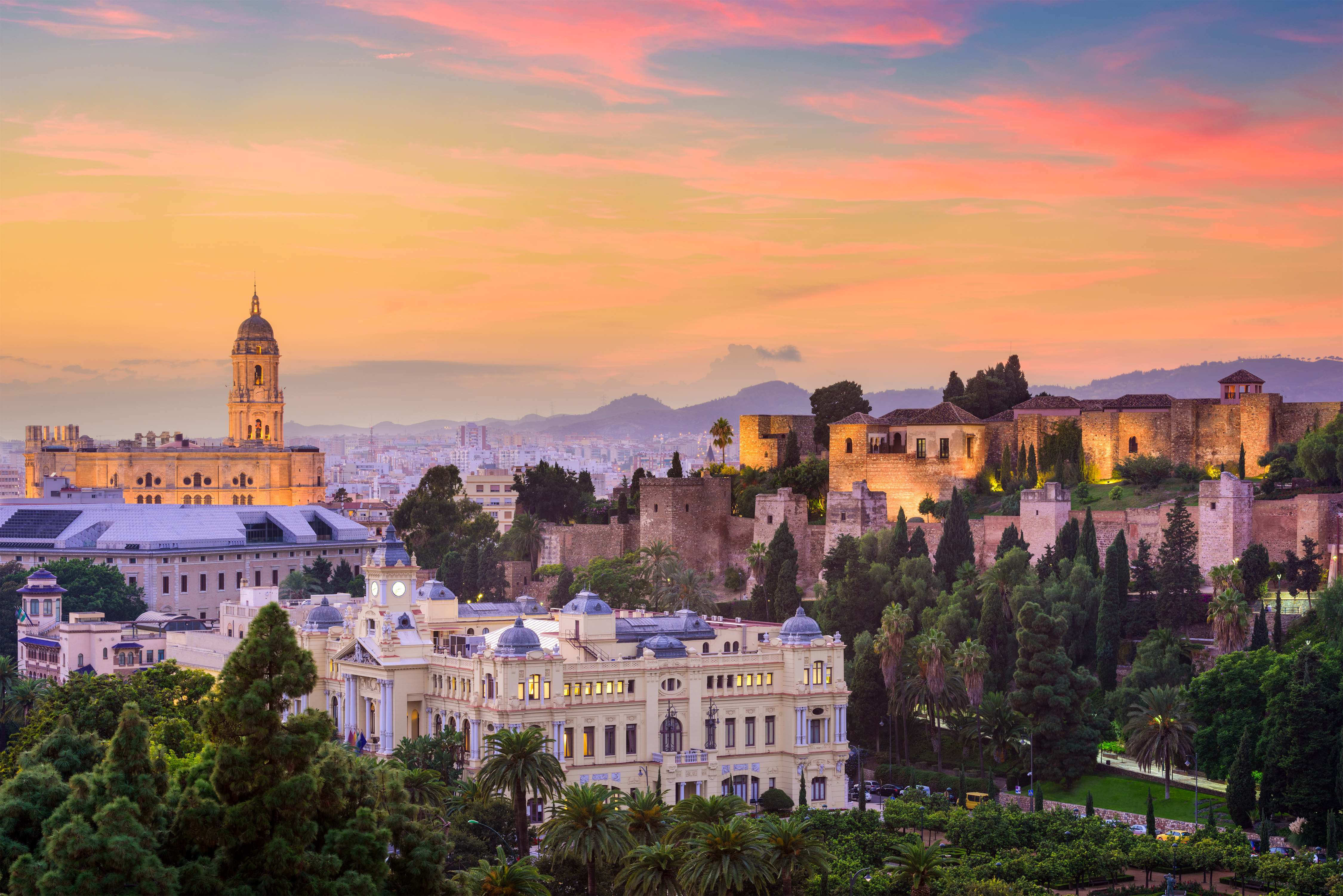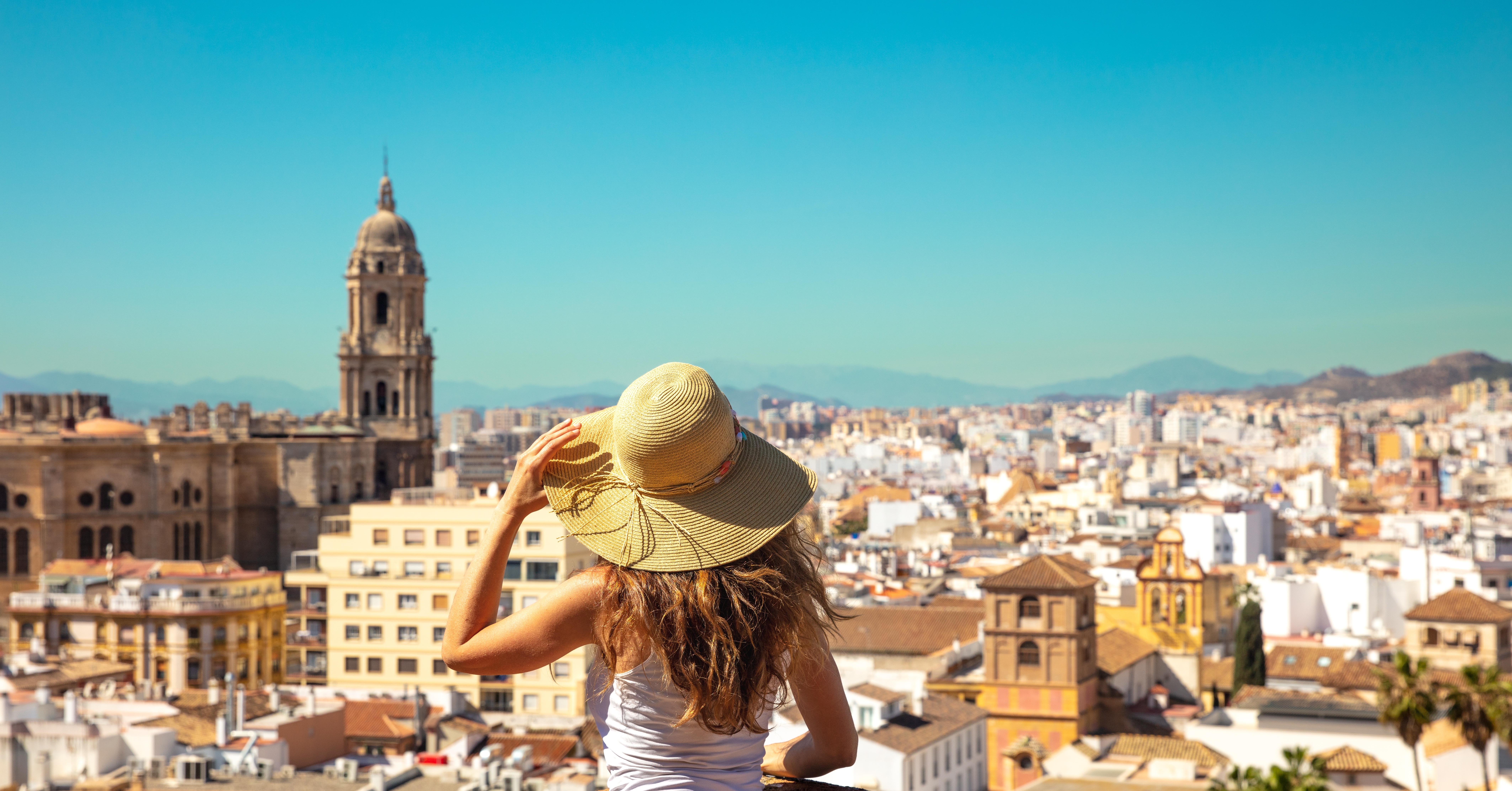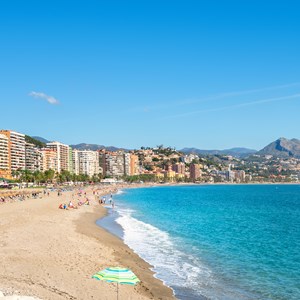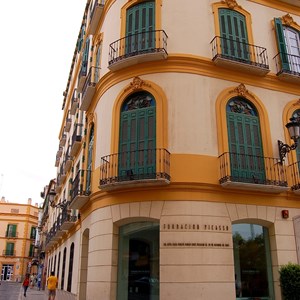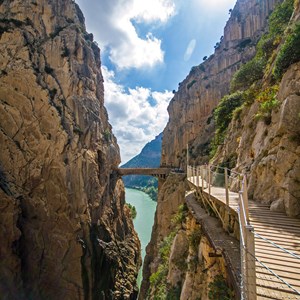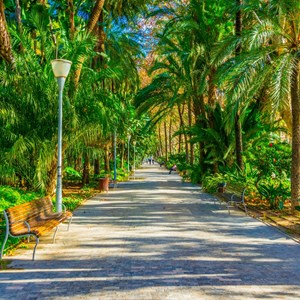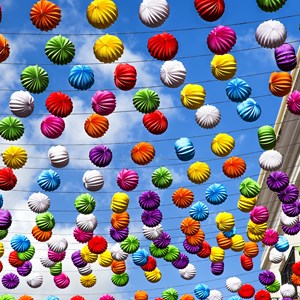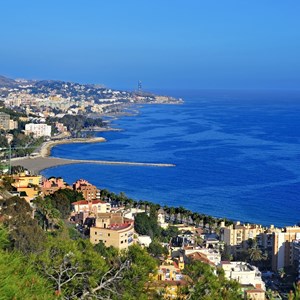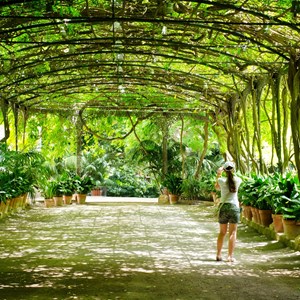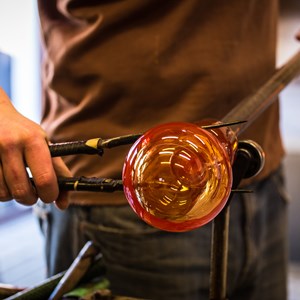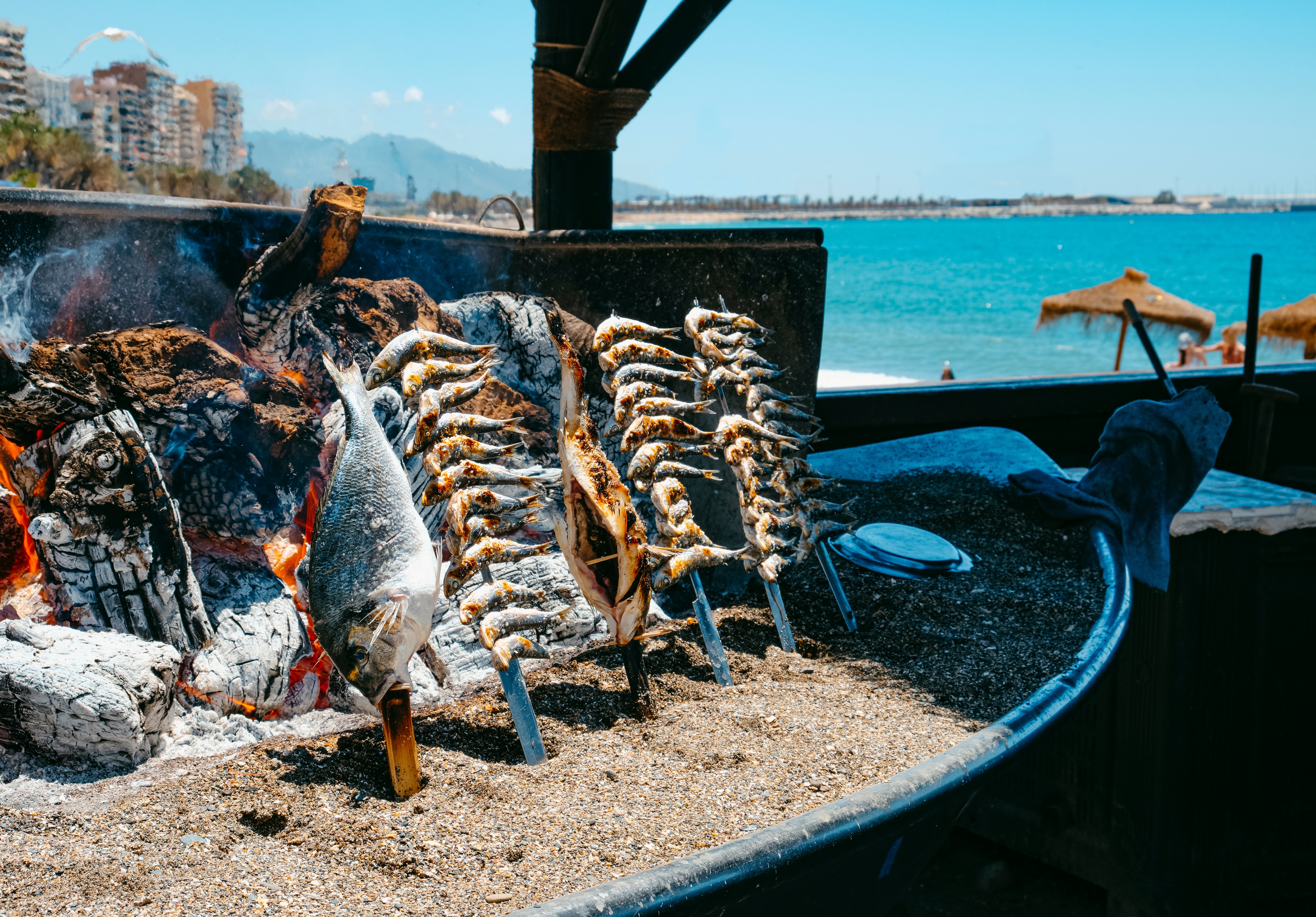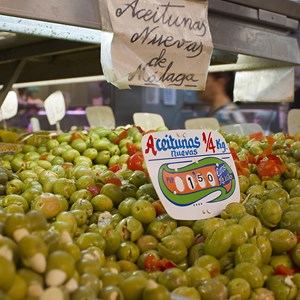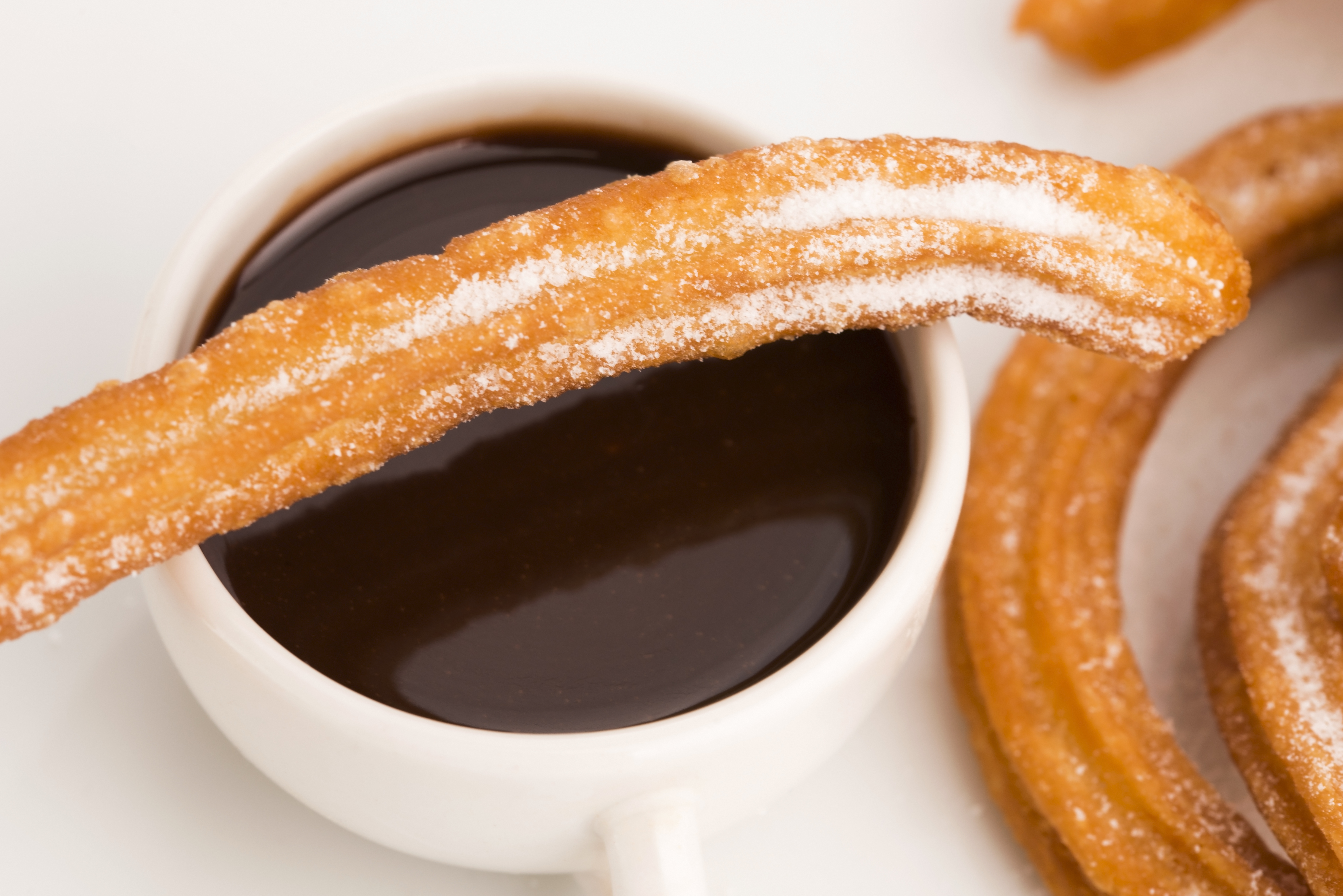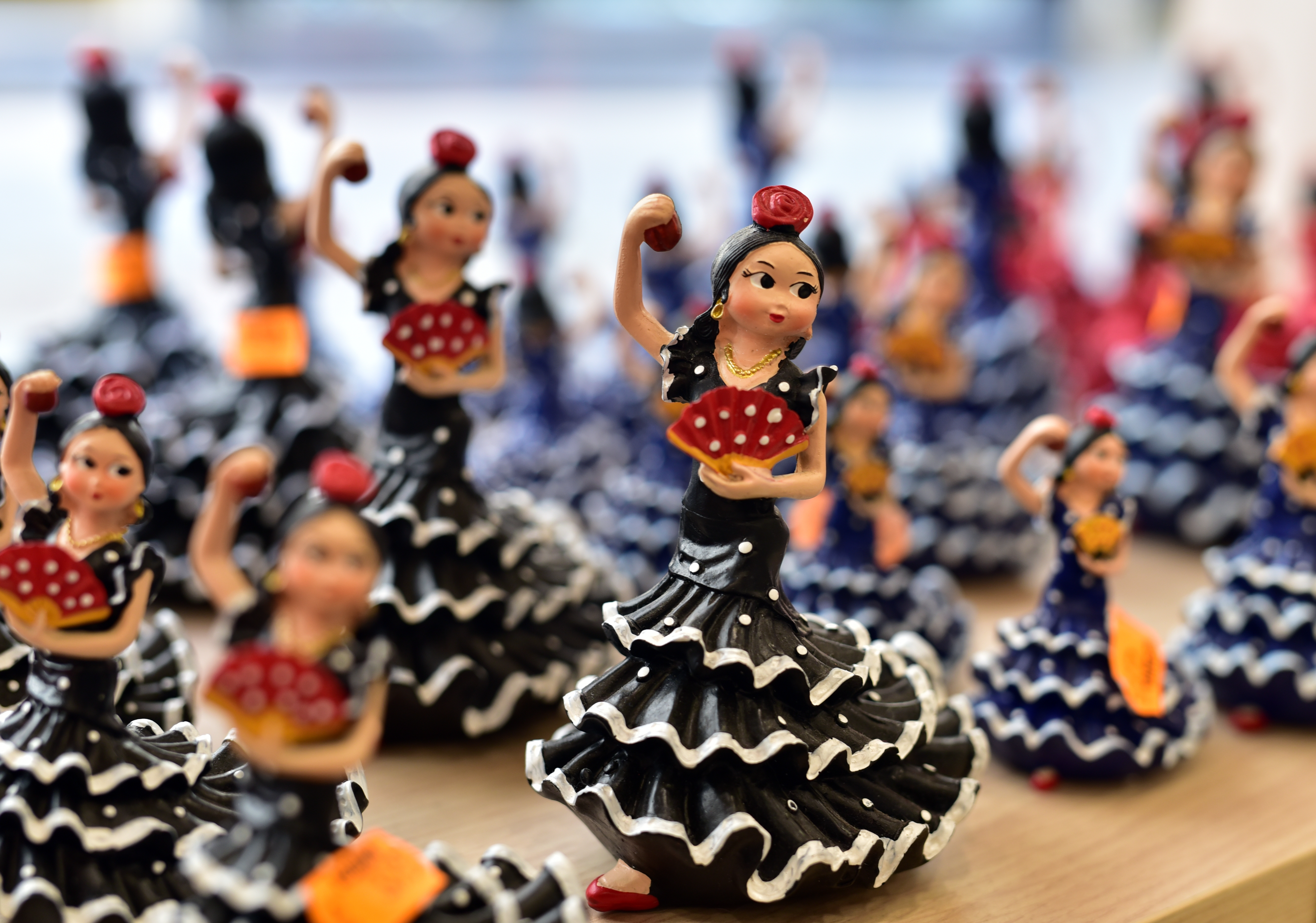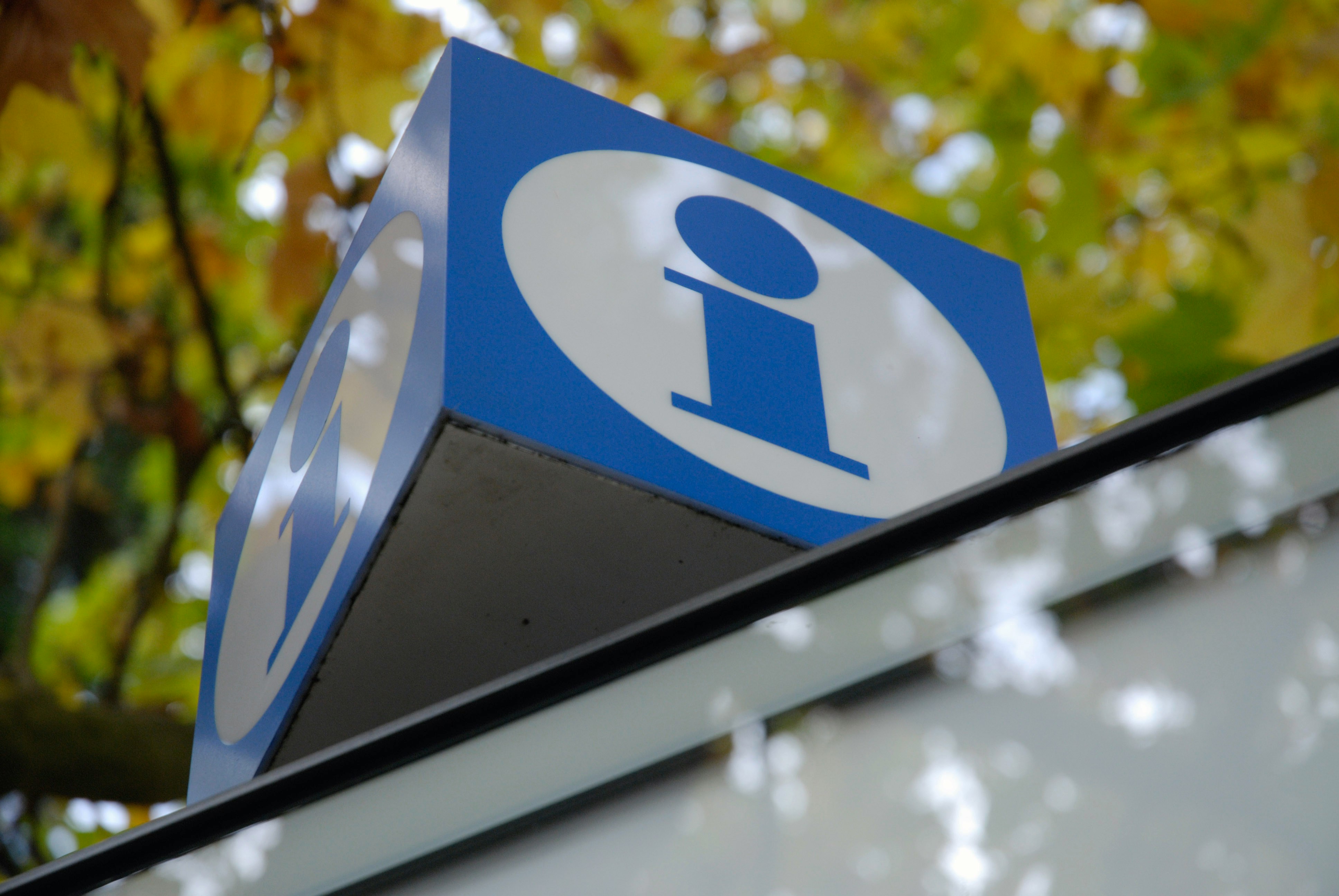

Malaga might not be as popular as other Spanish cities, but a quick visit to the birthplace of Pablo Picasso is enough to win any visitor's heart. With a great mix of ancient history and modern culture, nearly 3,000 hours of sunshine a year, and several kilometres of beach, it's quite easy to see why Malaga has been described as 'Paradise City'.
The City
As you explore Malaga, the city’s rich history comes to life — from its founding around 900 B.C. by the Phoenicians to the layers left behind by Greeks, Carthaginians, Romans, Visigoths, and Arabs. Each chapter has left its mark, shaping the Malaga you see today.
The legacy of the city’s most famous son, Pablo Picasso, is everywhere. His presence is felt in the streets, in the local pride, and most notably at the Museo Picasso, which opened in 2003 and helped spark a new wave of cultural revival.
Not far from the museum, you’ll find some of the city’s most remarkable heritage sites: a Roman theatre, a Moorish fortress, and one of Spain’s oldest bullrings. Across the Old Town, the Contemporary Art Centre (CAC) presents cutting-edge international work, while nearby, Plaza del Obispo regularly hosts open-air exhibitions. Close to the Cathedral, Teatro Cervantes continues to bring music, theatre, and dance to locals and visitors alike — proof that Malaga’s creative spirit is still very much alive.
Do & See
Dive into Malaga's rich history by visiting the ancient Alcazaba fortress and the Roman Theatre. Immerse yourself in art and culture at the Picasso Museum. Take a leisurely stroll along the vibrant Promenade of Pablo Ruiz Picasso. Indulge in delicious local cuisine at the bustling Mercado Central de Atarazanas or sip on refreshing drinks at the lively bars in Plaza de la Merced. With its beautiful beaches, lively nightlife, and a blend of history and modernity, Malaga promises a memorable experience for all.
Dining
In Malaga, dining is a laid-back affair. You won’t see many white tablecloths — instead, the city is packed with buzzing taverns and beachside chiringuitos serving up generous tapas and fresh seafood. Grilled fish, fried anchovies, and platters of shellfish are staples, especially along the beachfront and the Paseo Marítimo in Pedregalejo, where locals linger over long, lively meals.
Cafés
In Malaga, you won't find an abundance of trendy, international-style cafés, but there are a few authentic ones, along with cosy teashops boasting Arab-inspired atmospheres. And let's not forget the traditional 'churrerías', where you can savour churros dipped in creamy, hot chocolate.
Bars & Nightlife
Just like other Spanish cities like Madrid, Barcelona, and Granada, Malaga and the Costa del Sol are also famous for their vibrant nightlife. And just like the rest of Spain, the inhabitants of Malaga enjoy partying until the early hours of the morning.
In the centre of town, it's not difficult to find a bar with music and people chatting — there are many near each other. If you're looking for a proper nightclub, you should go to Puerto Marina in Benalmádena.
Shopping
Calle Larios and Calle Nueva form the lively heart of Malaga’s shopping scene. For a more modern retail fix, head to Muelle Uno, a waterfront mall with big-name brands and breezy views. And if you’re more into flavours than fashion, Mercado de Atarazanas is the go-to spot for fresh produce, local delicacies, and a taste of everyday Malagueño life.
Tourist Information
Málaga-Costa del Sol Airport (AGP)
Málaga–Costa del Sol Airport (AGP) is located just 10 km from the city centre — about 15 to 25 minutes depending on traffic. The Cercanías C-1 train is the fastest option, getting you into town in around 12 minutes, with departures every 20–30 minutes between early morning to around midnight. The A Express bus is another solid choice, running from Terminal 3 to central stops like María Zambrano station in about 25 minutes, with services every 25–45 minutes until midnight. Taxis and rideshares are also available right outside the terminal.
Address: Málaga-Costa del Sol Airport
Email:
Phone: +34 91 321 10 00
Website: www.aena.es/en/malaga-costa-del-sol.html
More Information:
Passport & Visa
Citizens of European Union (EU) and European Economic Area (EEA) countries do not need a visa to enter Spain, only a valid ID. Many other countries, including the United Kingdom, United States, Canada, United Arab Emirates, Australia, and New Zealand, benefit from visa-free entry for short stays of up to 90 days within a 180-day period.
Visitors from visa-exempt countries must hold a valid passport and, starting in late 2025, will need to apply for an ETIAS (European Travel Information and Authorisation System) authorisation online before travelling.
For those requiring a visa, such as travellers from some Middle-East, African or Asian nations, a Schengen visa must be obtained prior to arrival. All travellers should ensure their passport is valid for at least three months beyond their intended stay.
Address:
Email:
Phone:
Website: https://home-affairs.ec.europa.eu/policies/schengen/visa-policy_en
More Information:
Best Time to Visit
Malaga enjoys a mild climate year-round, with warm winters and hot, dry summers. Spring (March to June) is one of the best times to visit — the weather is pleasant, and the city feels lively without being overcrowded. If you're more into sun and sea, the summer months are perfect for a beach-focused trip, though July and August can be quite hot.
Malaga also shines during its biggest annual events. Semana Santa (Holy Week) in spring transforms the city with dramatic religious processions. In August, the city bursts into colour for the Feria de Malaga, a week-long street party with music, dancing, food, and fireworks.
Address:
Email:
Phone:
Website:
More Information:
Public Transport
Malaga’s public transport is easy to use and covers most of what travellers need. There’s a two-line metro, city buses, and Cercanías trains that connect nearby towns and the airport. They all use the same rechargeable card (Tarjeta de Transporte), which works across buses, metro, and trains.
For short stays, the pay-as-you-go option is the simplest and most flexible. That said, the historic centre is compact and very walkable, so you might only need transport for longer trips.
For fares, routes, timetables, and where to get or top up your card, check the official Málaga Transport Consortium or Metro de Málaga websites.
Address:
Email:
Phone:
Website: www.ctmam.es/en/home
More Information:
Taxi
It’s easy to find a taxi in Malaga — official ones are white with a blue diagonal stripe and a roof light, and you can catch them at taxi ranks, the airport, train stations, or just by flagging one down. Ride-sharing apps like Uber, Bolt and Cabify also operate in the city and work well for both short trips and airport runs.
Address:
Email:
Phone:
Website:
More Information:
Post
Málaga’s main post office is on Calle Santa Lucía 7 and is open Monday to Friday from 8:30am to 8:30pm. Services include sending letters and parcels, collecting post, and P.O. box pick-up. You can spot a Correos branch by its yellow facade, and stamps are easy to find in tobacconists marked with a ‘Tabacos’ sign.
Address: Oficina de Correos, Calle Santa Lucía, 7, Malaga
Email:
Phone: +34 952 60 98 93
Website: www.correos.es/es/es/particulares
More Information:
Pharmacy
Malaga’s pharmacies are mostly independent, with a few well-known ones in convenient spots. Farmacia Caffarena, on Alameda Principal 2 in the city centre, is open 24 hours and carries everything from prescriptions to skincare. Farmacia Mata, located on Calle Larios, is one of the city’s oldest, known for its custom preparations and classic interior. Closer to the port, Farmacia Castillón near Muelle Uno is modern and well-stocked, good for anything from travel essentials to beachside first aid.
Look for the green cross signs—24-hour service rotates, and the on-duty pharmacy is usually listed on the window of any branch.
Address: Farmacia Caffarena - Alameda Principal, 2, Malaga
Email:
Phone: +34 952 21 28 58
Website:
More Information:
Electricity
Spain’s power grid operates at 230 volts with a frequency of 50 Hz, using Type F (Schuko plug) and Type C (Europlug) outlets. Both types accept plugs with two round prongs, common across continental Europe.
Address:
Email:
Phone:
Website:
More Information:
Telephone
Country code: +34
Area code: 952
Address:
Email:
Phone:
Website:
More Information:


